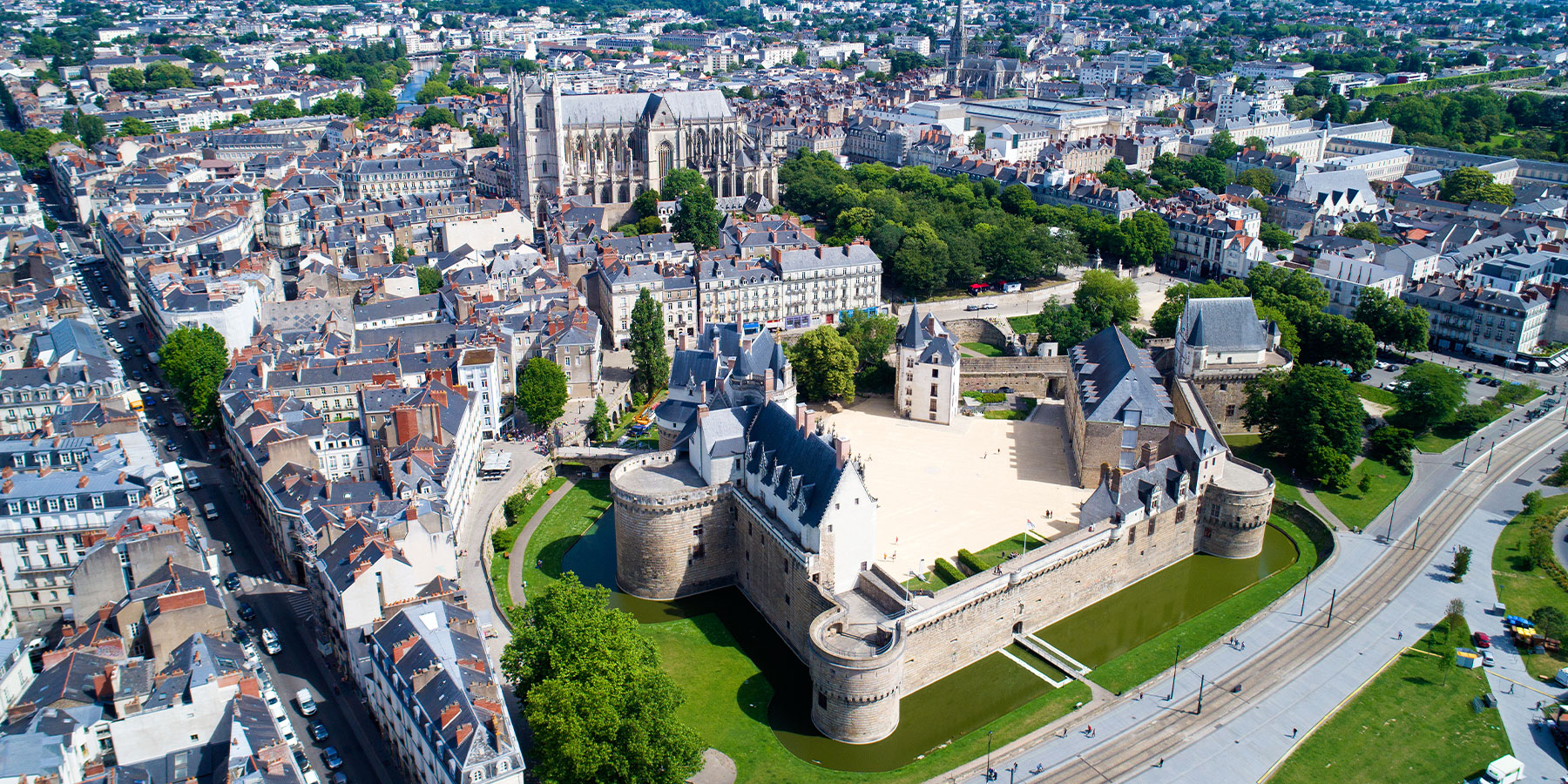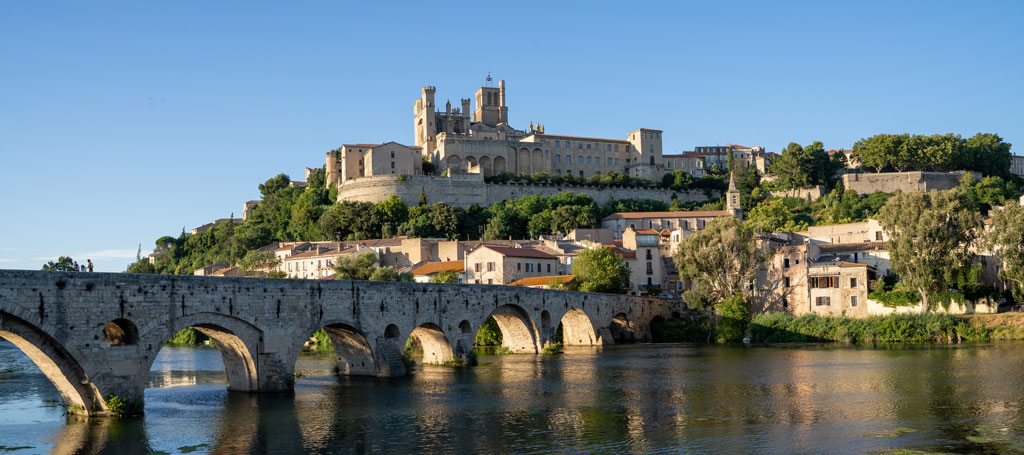
Botanical Garden (Part 2)

This point of interest is available as audio on the tour: Visit Montpellier, The Gifted City
The Botanical Garden is one of Montpellier’s oldest attractions with a story that runs deeper than most visitors realize. During its 5 centuries of longevity, the site has accumulated incredible secrets and special features. Here are some gems! In the garden paths, which, by the way, are free to access, you’ll have the chance to come across a surprising ginkgo biloba. More than its impressive size, what truly makes it famous is that it was one of the very first of its kind to be planted on French soil. In the 1840s, botanist Raffeneau-Delile grafted female shoots onto it to make it self-sufficient in terms of reproduction. As a result, many ginkgo bilobas in France originated from this one. On Richer Mountain, the oldest part of the garden, another precious tree awaits you. It’s the broad-leaved phillyrea, from the olive family, which at 400 years old is the oldest resident of the place. For several decades now, a tradition has led locals and tourists to slip notes into the hollow of its branches or trunk. Throughout the year, thousands of wishes are entrusted to what is nicknamed here “the wishing tree” in the hope they’ll come true. To keep the plant species company, some works of art reveal themselves here and there, giving a more artistic character to the walk. You’ll find notably the Rabelais monument, inaugurated on the occasion of the medical school’s 7th centenary in 1921. An institution in which the writer actually studied in 1530. The architectural tribute consists of François Rabelais’ bust. It is surrounded by portraits of Gargantua and Pantagruel, two of his greatest characters as well as a bas-relief illustrating “The Farce of the Mute Woman,” a rather misogynistic fable. Beyon this tribute to a major national figure, the Botanical Garden became a favorite meeting spot for two literary giants: André Gide, who won the Nobel Prize for Literature in 1947, and Paul Valéry, the most celebrated French poet of his time. They often gathered in the evening to talk near Narcissa’s tomb.


Discover Montpellier with app
An interactive guide through the most beautiful streets, squares, and districts
19 fun audioguides full of historical facts, anecdotes, and legends





Comments